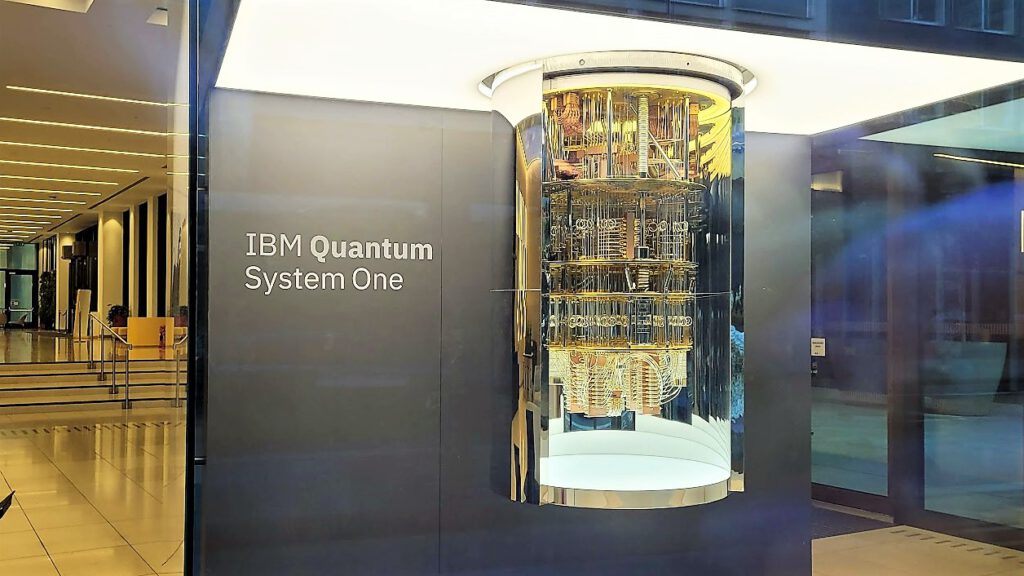IBM’s quantum computer, London. — Image: © Tim Sandle
The manipulation of neutral atoms with light is one of the most important scientific discoveries of the past 30 years in the field of quantum physics. Researchers have shown that increasing the number of trapped atoms enables the solution of more complex use cases, such as optimization problems and quantum simulation of complex systems.
Pasqal has successfully loaded more than 1,000 atoms in a single shot within a quantum computing setup, which is seen by the industry as representing a major leap towards scalable quantum processors.
Pasqal is a quantum computing company that builds quantum processors from aligned neutral atoms in 2D and 3D arrays.
This includes successfully capturing 1,110 atoms in 2,000 traps and demonstrating atom-by-atom repositioning of a target array of 828 atoms using optical tweezers.
This milestone further demonstrates the feasibility of large-scale neutral atom quantum computing, raising the possibility of solving complex optimization problems and quantum simulations.
In Pasqal’s quantum computing architecture, these atoms are trapped and manipulated using electromagnetic fields. The internal energy states of these atoms act as the quantum states of qubits, which can be manipulated to perform quantum operations and execute quantum algorithms.
The importance of this work is demonstrated by the successful trapping of a single rubidium atom in a large array of optical tweezers consisting of up to 2,088 sites at a cryogenic temperature of 6 Kelvin.
This is one of Pascal’s latest feats in quantum computing. The achievement involves an innovative optical design that combines a room-temperature ultra-high vacuum compatible microscope objective with a windowless heat shield to ensure efficient trapping at cryogenic temperatures. In an industry first, Pascal has demonstrated atom-by-atom repositioning of an 828-atom target array using movable optical tweezers controlled by a field programmable gate array (FPGA).
Trapping atoms on this large a scale is essential for building scalable quantum processors that can solve complex problems efficiently. As the number of qubits increases, so does the computational power and the range of problems that can be tackled using quantum algorithms. The ability to trap and manipulate more than 1,000 atoms represents a major step forward towards creating quantum processors that can address problems that are currently beyond the capabilities of classical computers.
In terms of research importance, this will increase scalability, paving the way for quantum processors with more than 1,000 qubits, with a future goal of 10,000 qubits by 2026-2027.
The title of the draft research paper is “Single-atom rearrangement in a 2000-optical tweezers array at cryogenic temperatures.”

